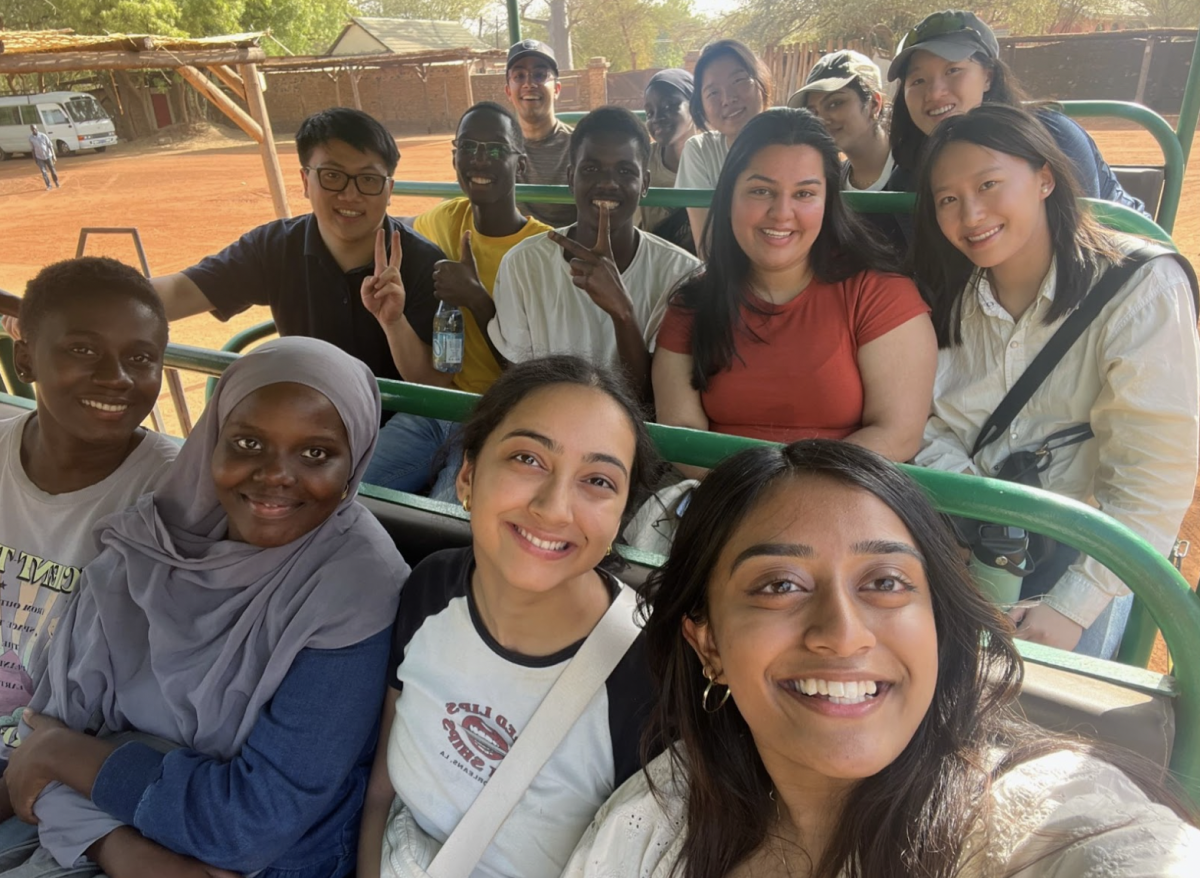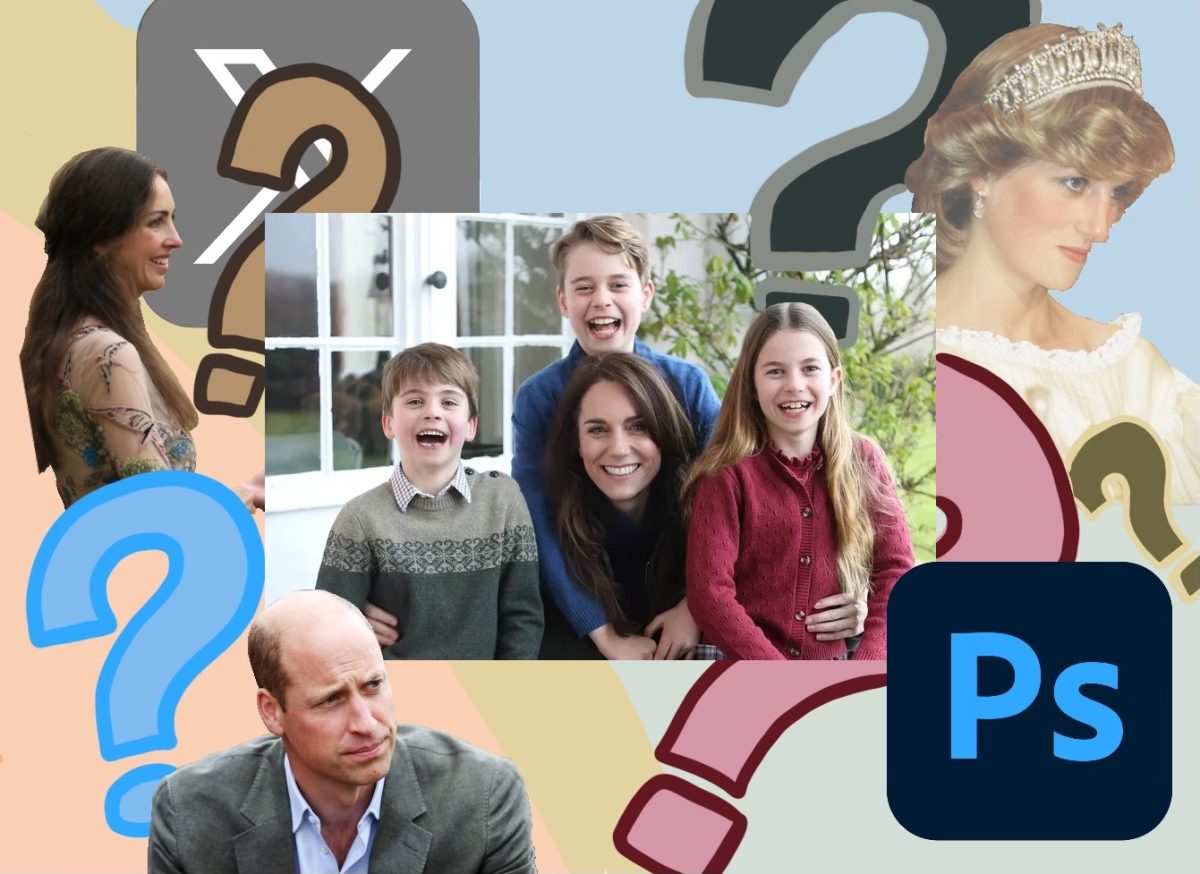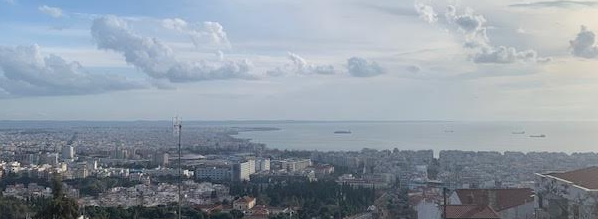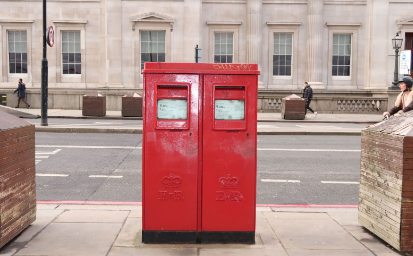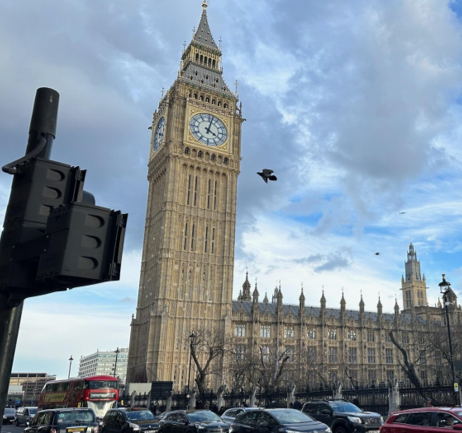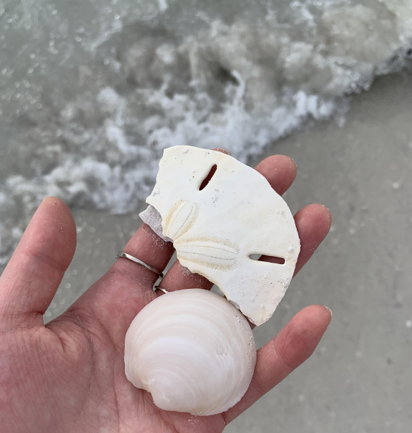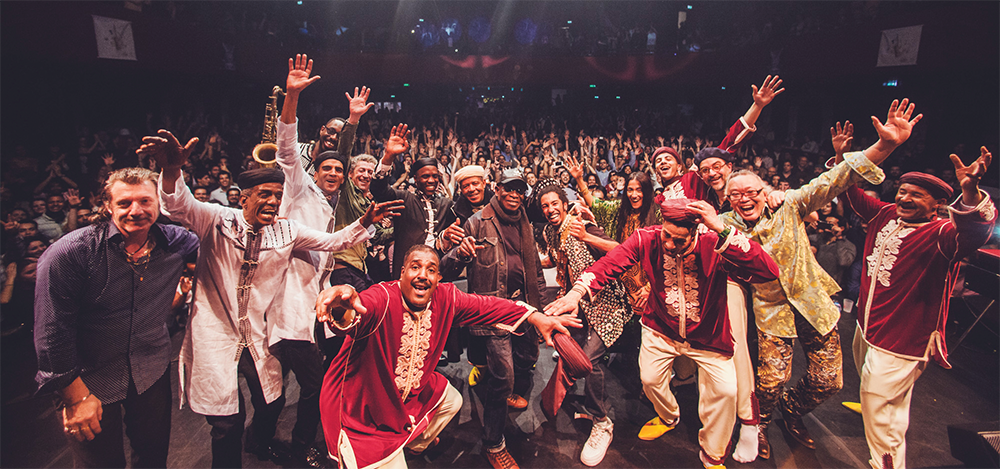
The Gnaoua Festival Tour 2017 stopped in D.C. on the night of Mar. 18 for a much-awaited performance at the Kennedy Center for the Performing Arts. Before the show, Hicham El Kebbaj, the artistic coordinator of the tour, sat down in an exclusive interview with The Hoya to discuss the meaning and history of the Gnaoua musical style, both in the context of Moroccan society and through his personal experience.
El Kebbaj explained the historical and societal context of the development of Gnaoua music, denoting its origins in the African slave trade. The descendants of Sub-Saharan West African tribes shared their rites, sounds and prayers with North Africans in the form of music to create a syncretic musical art form. In attempts to honor their ancestors and share their stories, these tribes promoted their own heritage and history while also largely influencing the development of a new artistic movement in the Northwest African region of the Maghreb.
El Kebbaj described Gnaoua tradition as a series of “mystical rhythms, a mix of African languages and Arabic,” one that has historically attempted to share its melodies and stories and learn from those of others. This spirit led to the creation of the Gnaoua World Music Festival 19 years ago. As the festival looks ahead to its 20th anniversary, it continues to pursue the goal of promoting its mission.
El Kebbaj’s words, however, faltered in explaining the emotional connections, deep religious purpose and powerful messages embedded in the chants and rites of Gnaoua. Although his English is nearly flawless, El Kebbaj struggled with the inherent indescribability of the meaning of Gnaoua music. He instead recounted the general ideology behind some of the lyrics that called upon helpful protectors from a world beyond nature — sometimes during healing practices, other times during animistic rites.
Regarding the existential elements of the Gnaoua discipline, El Kebbaj explained that people ultimately derive their own personal interpretations from the music. Aside from religious tradition, it is “a music of grooves and feeling,” as he put it, that we can all benefit from.
The show opened with the entrance of the Gnaoua trance masters, from the back of the hall, weaving between rows and chanting while they clapped their krakebs. These castanet-like instruments made of iron are thought to mirror the reverberating sound of shackles shuffling, echoing the pain and struggles of slavery. The main instrument used was the gambri, which El Kebbaj described to as “the grandfather of the bass guitar.” Its main face, over which cords are strung, is made of stretched goat skin and, when hit, can produce sounds and notes of its own. Therefore, the gambri acts as both a string and percussion instrument, allowing for a unique combination of sounds and rhythm that is otherwise unattainable.
The Gnaoua World Music Festival arose 19 years ago in Essaouira, Morocco to revitalize the value of a traditional art form endemic to the region. Since then, Gnaoua music has regained admiration in the region, with people listening to it for comfort and guidance. The genre has continued to innovate, integrating new sounds as it holds dialogue and cultural exchange with the world at its core.
Master Hamid El Kasri demonstrated this development in the second half of his performance, as he coalesced Gnaoua sounds, other traditional music styles from around the world and modern electronic sounds. El Kasri admitted, however, that he and many other staunch supporters of Gnaoua do not always approve of this change, advocating for traditional Gnaoua sounds like the ones presented by Master Abdesslman Alikane at the beginning of the performance. Surprisingly, according to El Kasri, many people today who listen to the music do not actually understand the words.
“It’s very little Arabic,” he said. “These are mostly chants derived from ancient tribal languages.”
As the show continued, a group of women in the audience became participants in the show, inadvertently sounding off their own verses in a way that perfectly complemented the rhythms of the Gnaoua masters on stage. The women matched the masters’ pitch and intensity while turning the show into a forum for conversation. Most of the audience seemed perfectly in tune with the masters, clapping and humming in sync, and switching tempo immediately when needed. Although other audience members could not comprehend the meaning of the lyrics, they nonetheless appeared very affected, able to find their own meaning in the music.
Between the deep and heartfelt hums, clapping of krakebs and strumming of the gambri, I found myself in a frenzy of sound and emotion faced with hopes and fears, clarity and confusion, feelings of both understanding and absolute cluelessness. The ability of Gnaoua music to transform listeners’ physical states only points to its intensity as an internal experience, truly living up to its reputation as “trance music.” I left the performance unable to fully understand or describe the music I heard, but perhaps that is simply a part of the experience of which El Kebbaj would approve.













